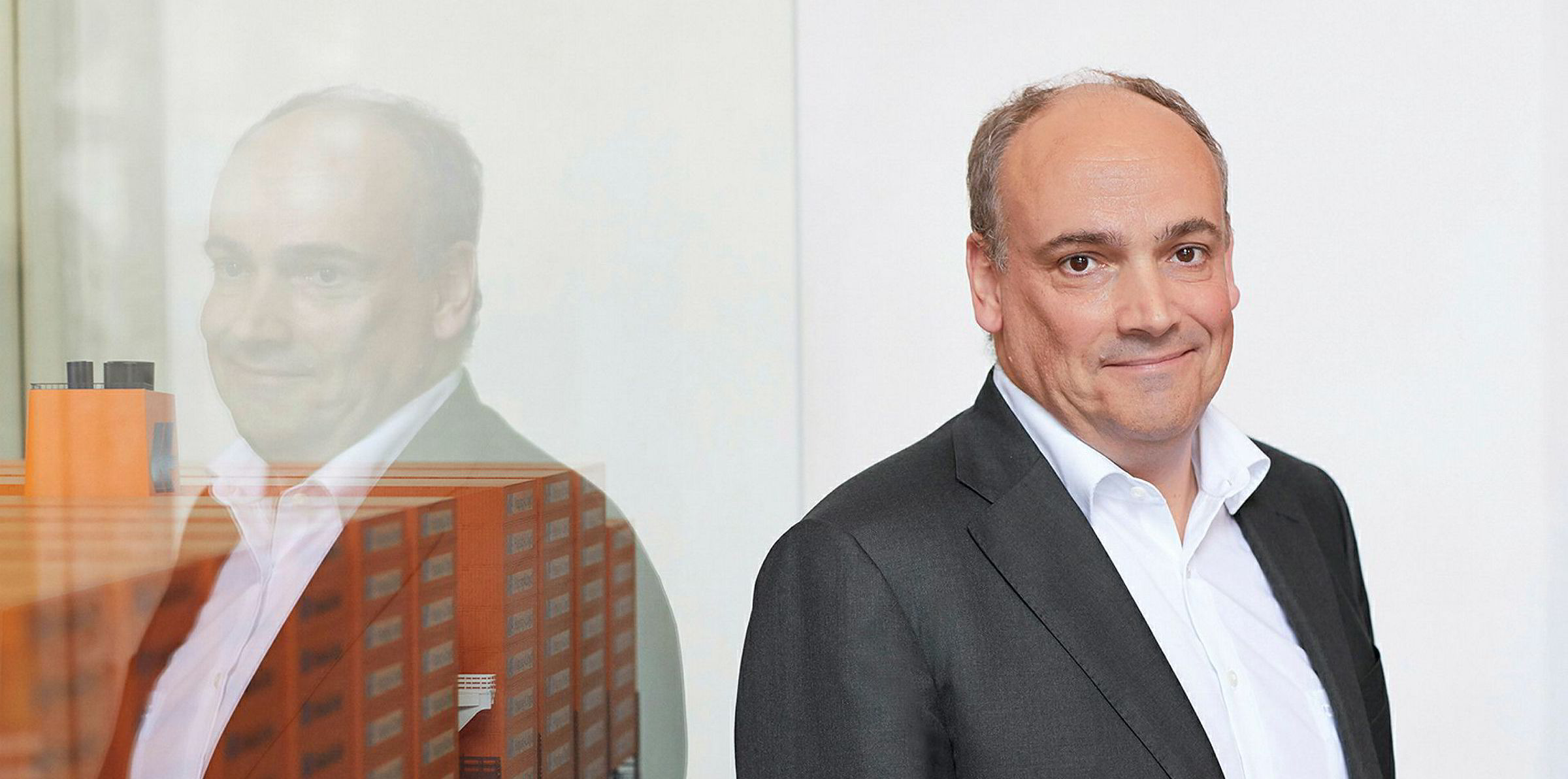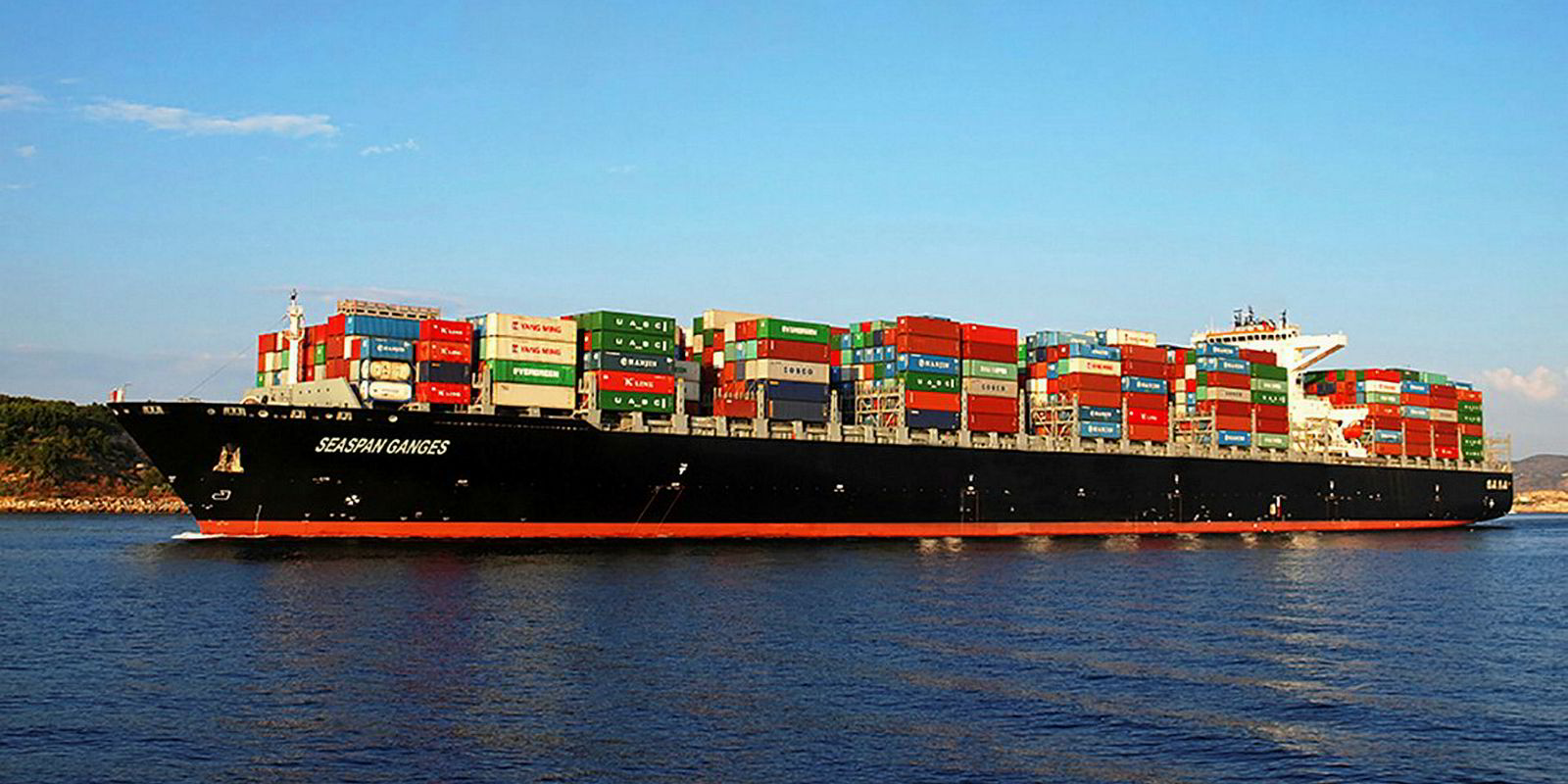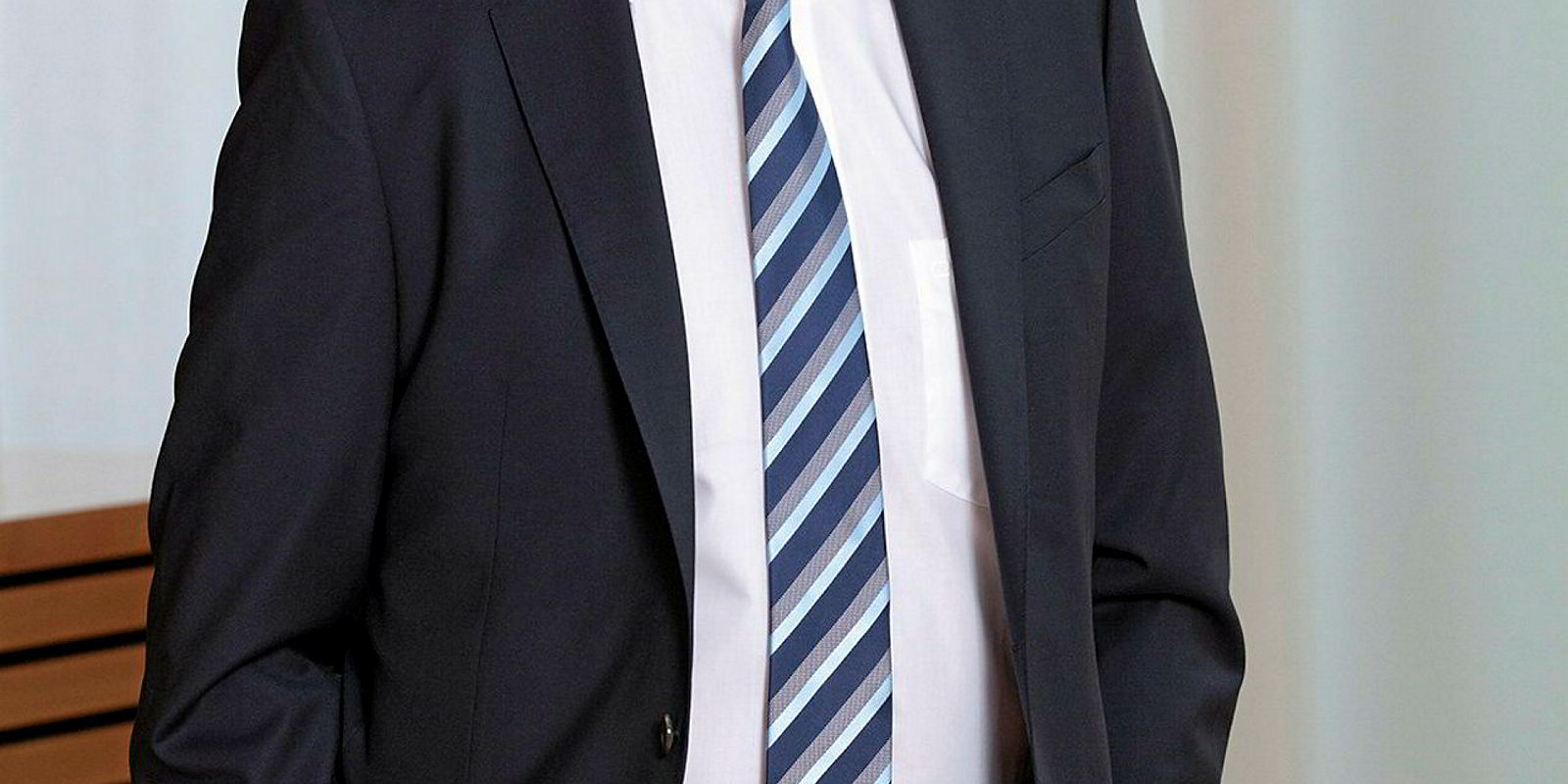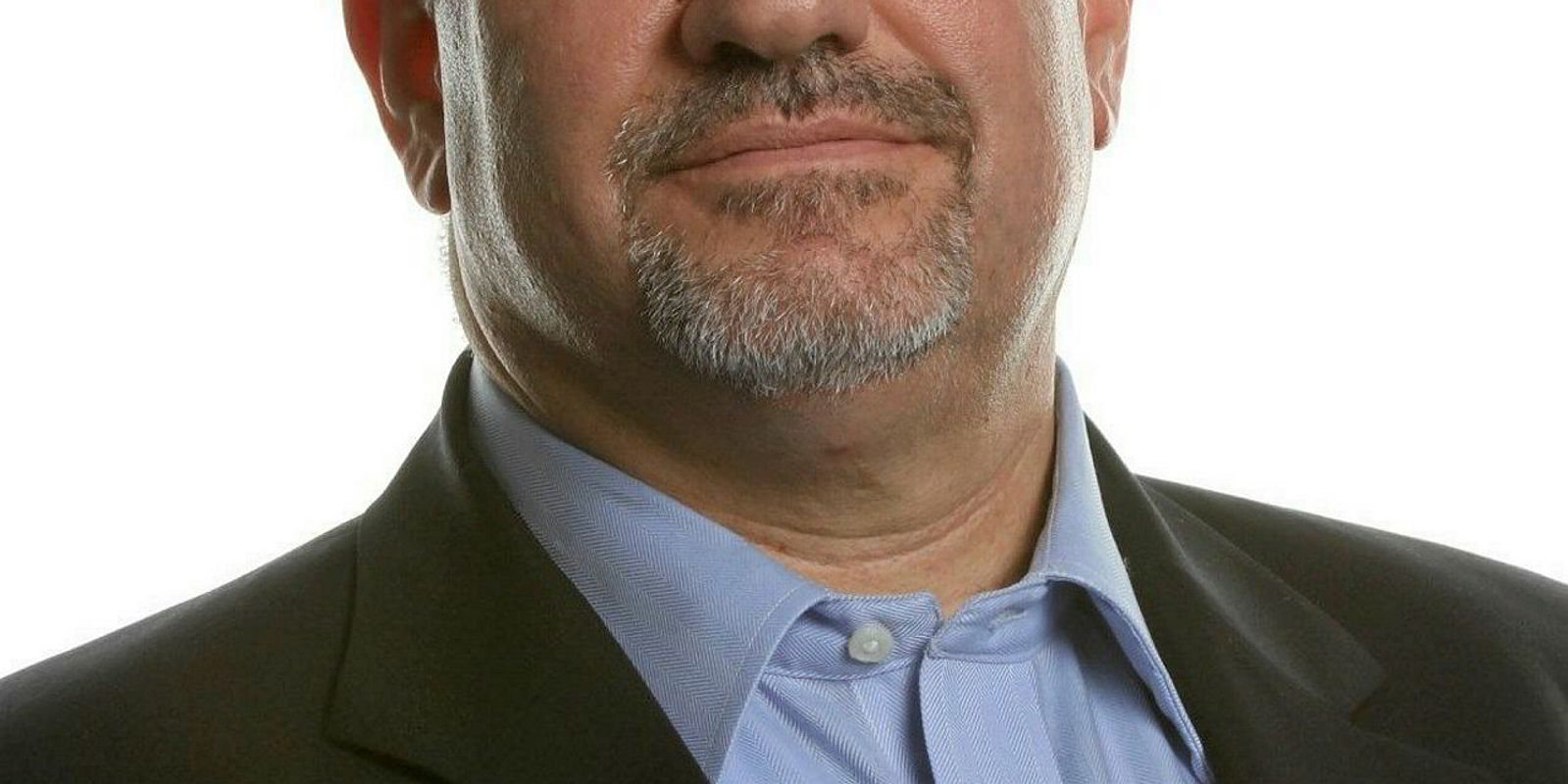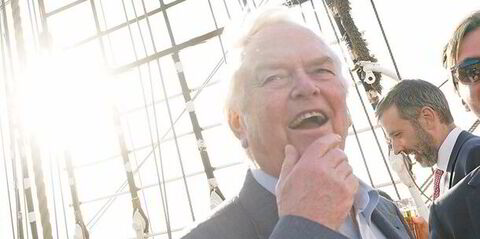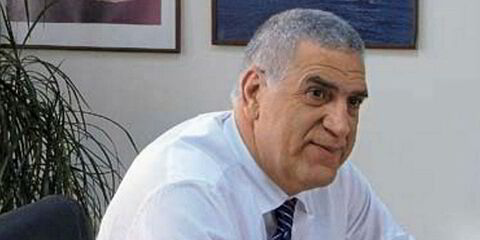Hapag-Lloyd set out new targets for profitability, cost cutting and digital development as it unveiled a new mid-term strategy today.
The container line’s Strategy 2023 was outlined by leading executives at its first capital markets day and is geared for an industry where it sees decreasing incremental scale benefits.
This means the container market has come to a turning point where consolidation is less attractive, Hapag argued.
Rolf Habben Jansen, chief executive of Hapag, said: “Size is not the name of the game anymore, but customer orientation.
"It is obvious that customers expect more reliable supply chains, so our industry needs to change and invest more.
“At the same time, we know that people are prepared to pay for value. Going forward, delivering value to get the most attractive cargo on board is at the heart of our new Strategy 2023.
"To be number one for quality is the ultimate promise to our customers and a strong differentiator from our competitors.”
Hapag says it will invest more in digitalisation and automation. It also revealed a target for a 12% EBITDA margin by 2023, alongside $350m to $400m in incremental cost cuts by 2021.
Jansen said he and his colleagues were surprised how many cost savings they could find given previous efforts following two mergers since 2014.
Analysts at Clarksons Platou Securities say the strategy is sensible and the further cost cutting was an obvious positive.
No more 'aggressive expansion'
In a presentation to analysts the executive noted the company had been involved in three mergers since 2005, first with CP Ships and later with CSAV and UASC.
Now he and his colleagues were forced to ask themselves if the company should follow the same path or do something else to be successful.
Jansen said the new strategy had three overarching goals: profitability throughout the cycles, being number one for quality and to remain a global player.
Jansen said Hapag had a market share today, excluding the intra-Asia business, of between 9% and 9.5% and would be looking to take that to 10%.
“That means no aggressive expansion," he said. "But we will retain our market share and maybe grow it a little bit here and there over the next five years.”
Positive outlook
The strategy was released at a time when Hapag has a more positive market outlook than some of its peers.
Frode Morkedal of Clarksons Platou Securities noted the 3% to 4% average annual trade growth forecast by Hapag for the coming years was more bullish than Maersk Line.
At the same time, Jansen suggested that with scrapping factored in, the newbuilding orderbook at 11% of the global fleet could prove to be on the low side to meet rising demand.
“The outlook for supply and demand coming ever closer together is probably better than it has been for many years,” Jansen said.
“I think the likelihood we will see an improvement in the market over the upcoming years is certainly today higher than it has been for a long-long time.”
Hapag has a fleet of 222 ships and 12,000 employees.
